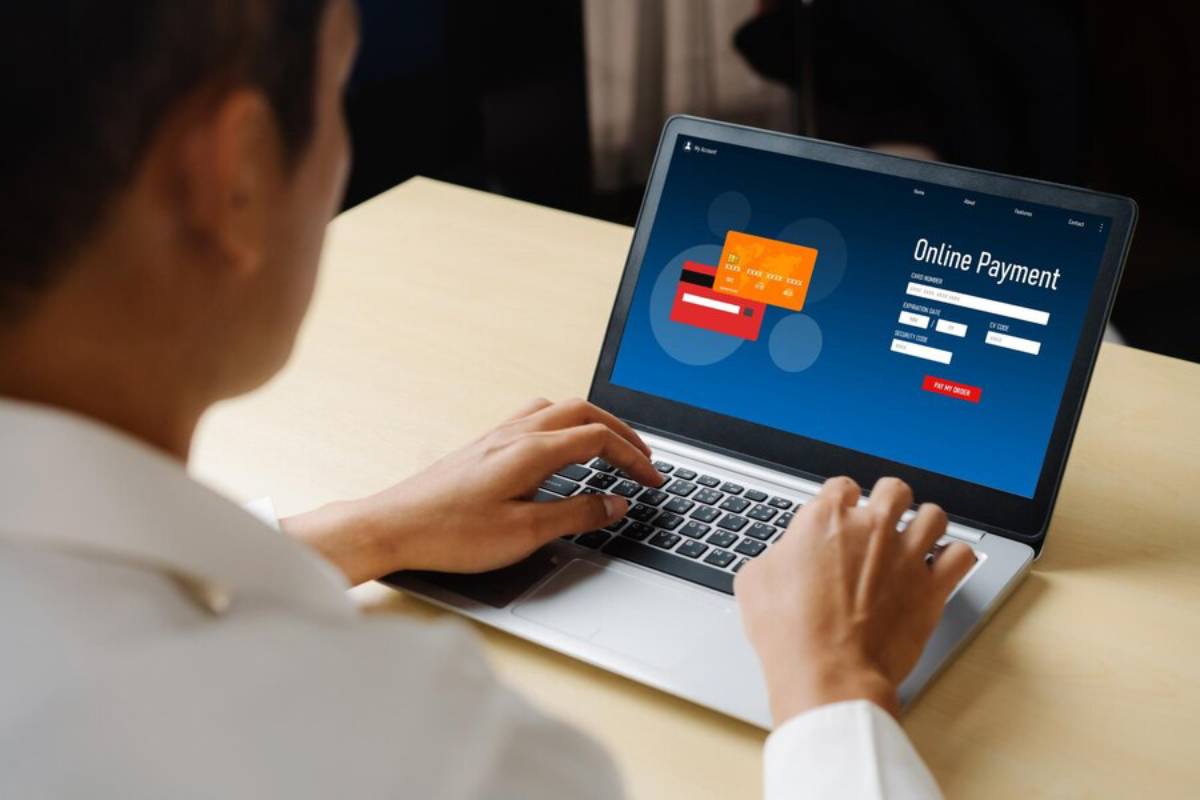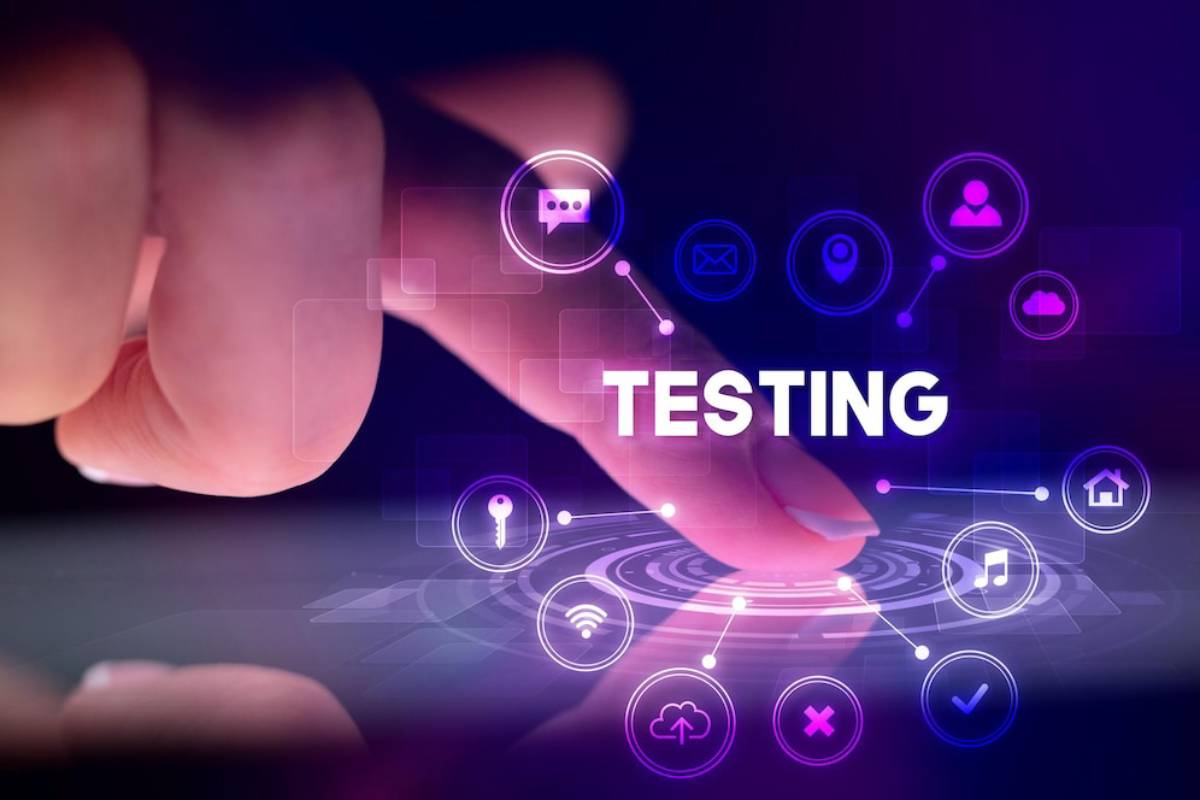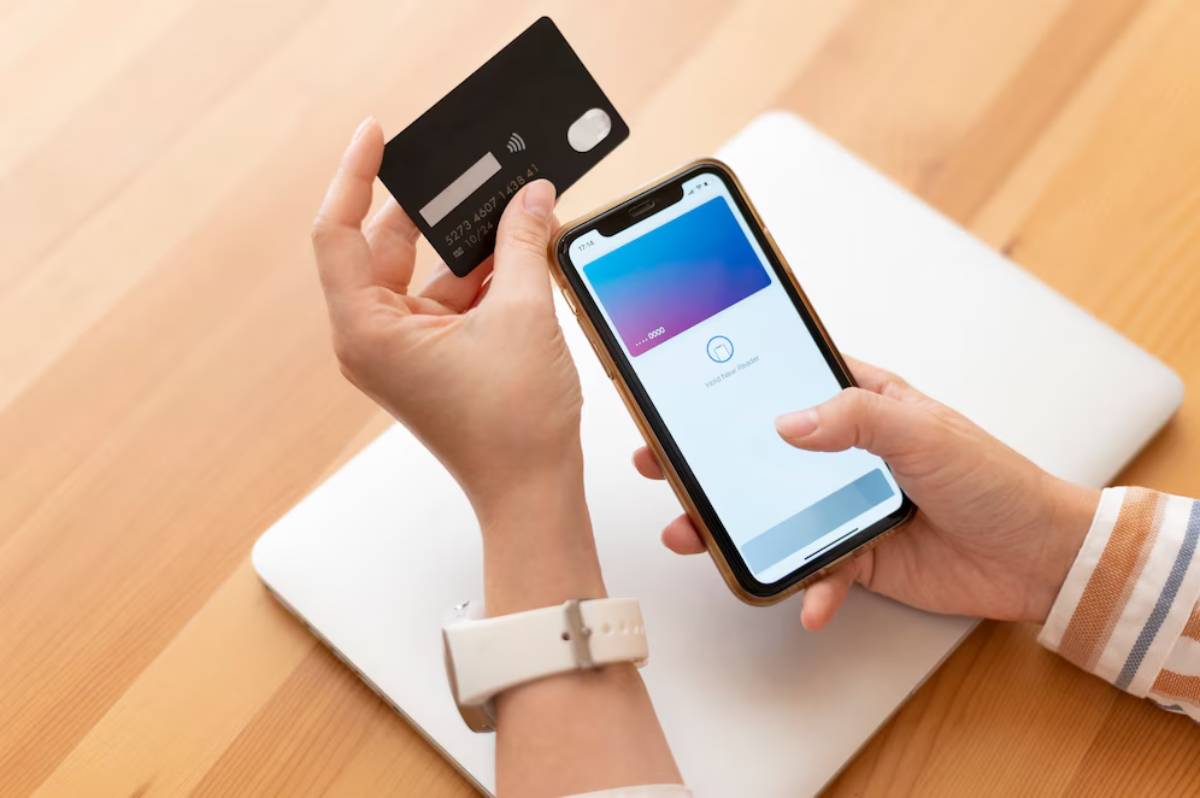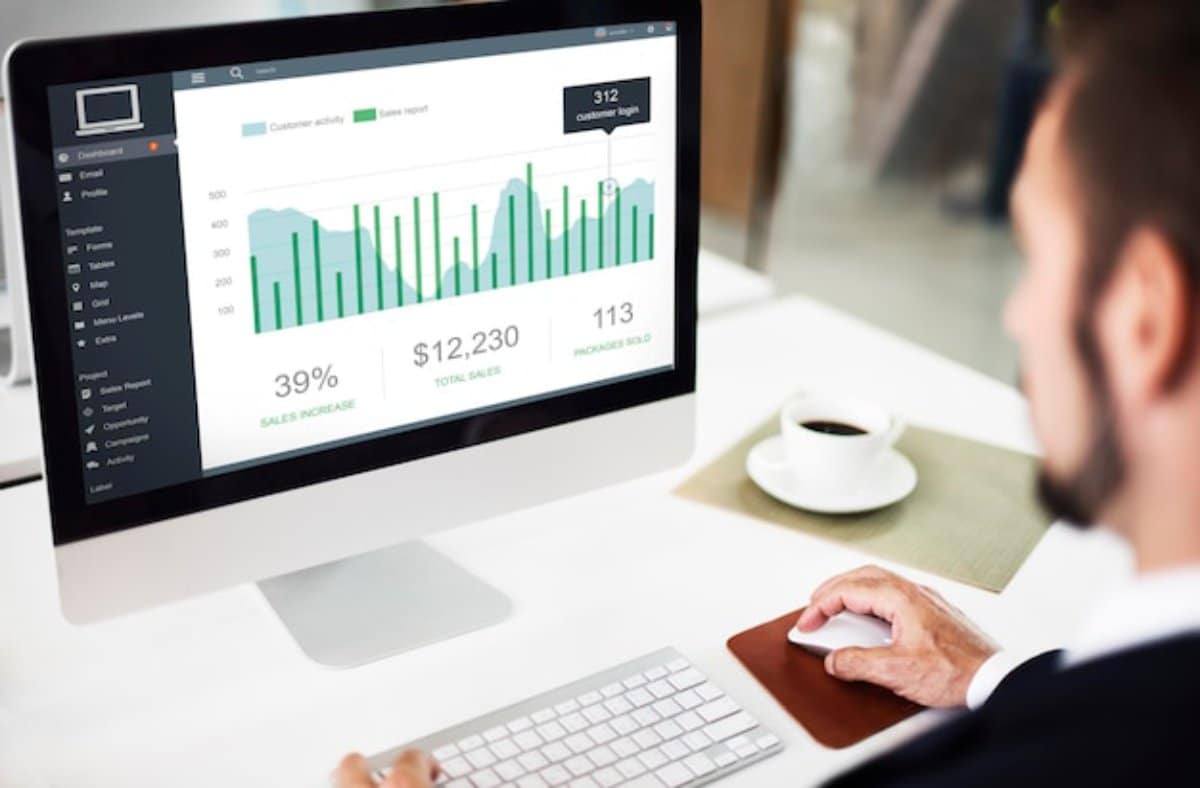
Testing Your Payment Gateway: Best Practices for Reliable Transaction Testing
Why Payment Gateway Testing Matters More Than You Think
Imagine you’re all set to launch your online store. Your products are live, your marketing is ready, and then—disaster. A customer tries to make a purchase, but the payment fails. Maybe it’s a glitch. Maybe it’s an integration issue. Either way, you’ve just lost a sale.
This is why payment gateway testing isn’t just a technical step—it’s a vital part of ensuring your customers enjoy smooth, seamless transactions. Skipping or rushing this process can lead to payment failures, frustrated customers, and lost revenue.
In this guide, we’ll cover the essentials of payment gateway testing, including best practices, the role of sandbox environments, and key steps for transaction testing. Whether you’re launching a new store or updating your payment systems, this article will help you avoid pitfalls and ensure reliable online payments.
What Is Payment Gateway Testing?
Payment gateway testing verifies that your payment processing system works correctly from start to finish. It checks for:
- Successful transactions
- Failed transactions
- Data security
- User experience during checkout
It ensures that your gateway integrates seamlessly with your website or app, processing transaction testing scenarios like approvals, declines, refunds, and error handling without hiccups.
Without thorough testing, bugs or misconfigurations could disrupt payments and erode customer trust.
Why Use a Sandbox Environment?
A sandbox environment is a testing space where you can simulate real payment scenarios without using actual money. It mirrors the live environment but lets you test securely.

Benefits of a Sandbox Environment:
- Safe Testing: No real funds are involved.
- Simulates Real Transactions: Mimics live behaviour.
- Helps Debug Issues: Catch errors before going live.
- Test Multiple Scenarios: Including different payment methods, currencies, and errors.
Most payment gateways, like Stripe, PayPal, and Authorize.Net, offer sandbox accounts for transaction testing.
Key Areas to Cover in Payment Gateway Testing
Let’s break down what you should test to ensure comprehensive coverage.
1. Successful Payment Flow
- Simulate a typical purchase with valid card details.
- Ensure the transaction is processed and confirmation messages/emails are sent.
- Verify that the order status updates correctly in your system.
2. Failed Payment Scenarios
- Use invalid card numbers, expired cards, or insufficient funds.
- Check how your system handles declines and displays error messages.
- Ensure customers receive clear guidance on what to do next.
3. Refunds and Cancellations
- Test full and partial refunds.
- Ensure customers receive notifications and the refunds process is completed correctly.
- Check for proper updates in your backend system.
4. Currency and Payment Method Support
- Test different currencies if you serve international customers.
- Verify all supported payment methods (credit cards, digital wallets, bank transfers).
5. Fraud and Security Features
- Confirm that fraud detection tools trigger appropriately (e.g., flagging high-risk transactions).
- Test CVV verification, AVS checks, and 3D Secure authentication if supported.

6. Mobile and Cross-Device Testing
- Ensure your payment process works seamlessly on desktops, tablets, and smartphones.
- Check for responsiveness and mobile-friendly checkout flows.
7. Error Handling and Edge Cases
- Disconnect during payment to test timeout handling.
- Simulate server errors to verify fail-safes and user notifications.
Best Practices for Payment Gateway Testing
Plan Ahead
- Outline the test scenarios.
- Create a checklist covering successful and failed transactions, refunds, different devices, and payment methods.
Use Test Cards and Data
- Use the test card numbers provided by the sandbox environment.
- Avoid real card details to prevent unnecessary charges or security risks.
Document Results
- Keep detailed logs of your tests.
- Note any issues, their resolutions, and system responses.
Test Regularly
- Don’t limit testing to launch time.
- Re-test after updates, plugin changes, or when adding new payment methods.
Involve Stakeholders
- Include developers, testers, and customer service teams.
- Ensure everyone understands how the payment system should behave.
Common Challenges in Payment Gateway Testing (And How to Overcome Them)
1. Incomplete Testing Coverage
- Solution: Use a structured checklist to ensure you cover all scenarios.
2. Sandbox vs. Live Environment Differences
- Solution: Understand that sandbox environments may not perfectly mirror live conditions. Conduct small-scale live tests post-deployment.
3. Device-Specific Issues
- Solution: Test across multiple devices and browsers to catch inconsistencies.
4. Overlooking Security Features
- Solution: Include fraud detection and authentication checks in your test plan.
Tools and Resources for Payment Gateway Testing
Sandbox Accounts Provided by Gateways:
- Stripe: Offers detailed test scenarios and card numbers.
- PayPal: Sandbox environment for testing both buyer and seller accounts.
- Authorize.Net: Provides comprehensive test modes.

Testing Tools:
- Postman: For API-based gateway testing.
- BrowserStack: For cross-device and cross-browser testing.
- JMeter: For load testing payment systems under high traffic.
These tools help automate and streamline your transaction testing process.
Trends in Payment Gateway Testing
1. Automated Testing Scripts
More businesses are using automated scripts to ensure consistent, repeatable testing processes.
2. AI-Powered Testing
Emerging tools leverage AI to predict potential points of failure and optimise test coverage.
3. Focus on Mobile Payments
With the rise in mobile commerce, testing payment flows on smartphones has become critical.
4. Enhanced Fraud Detection Simulation
Simulating sophisticated fraud patterns helps ensure that security measures remain robust.
Staying ahead of these trends ensures your payment gateway testing remains effective and relevant.
Conclusion: Ensuring Smooth E-commerce Payments with Robust Gateway Testing
Your payment gateway is the lifeline of your online store. Without reliable payment gateway testing, even the best-designed site risks losing customers at checkout.
By following best practices, leveraging sandbox environments, and covering all key transaction testing scenarios, you ensure a secure, seamless payment experience for your customers. Whether you’re launching a new store or refining an existing one, ongoing testing safeguards your revenue and customer trust.
Ready to fine-tune your payment process? Share your experiences or questions about payment gateway testing below, and subscribe for more practical insights on optimising your e-commerce operations!


